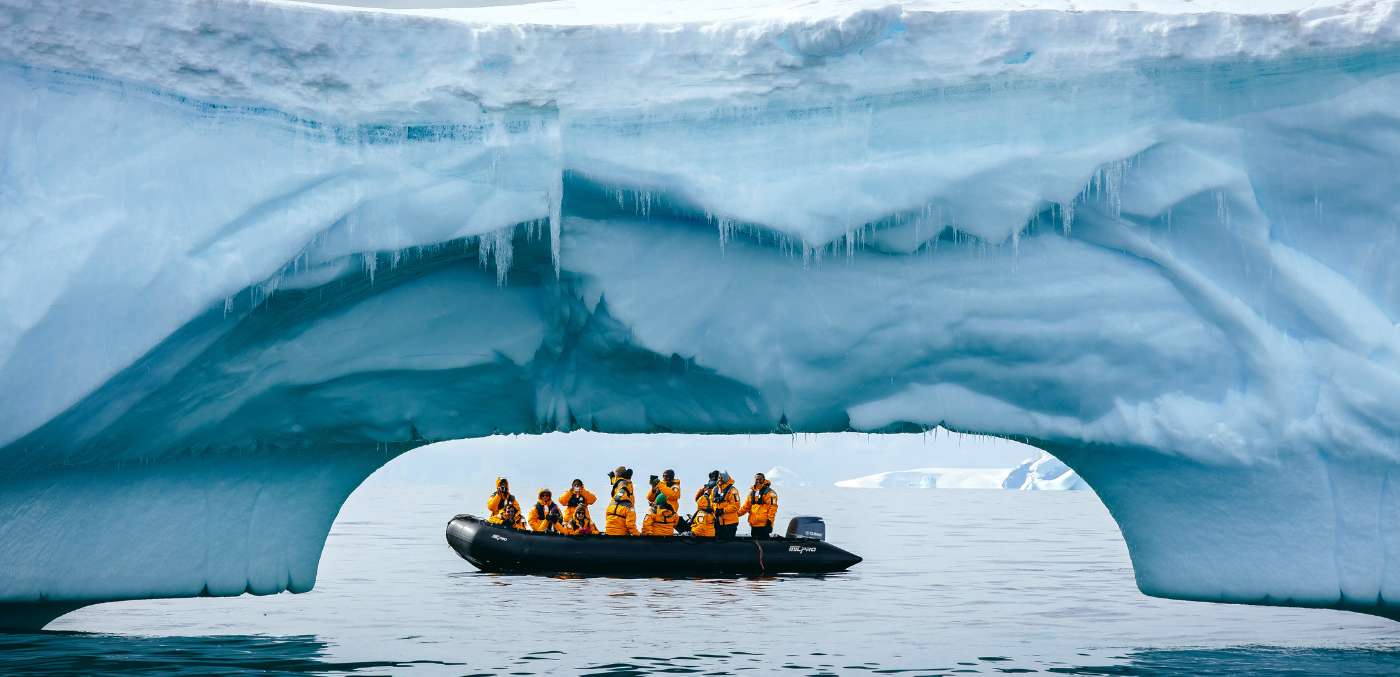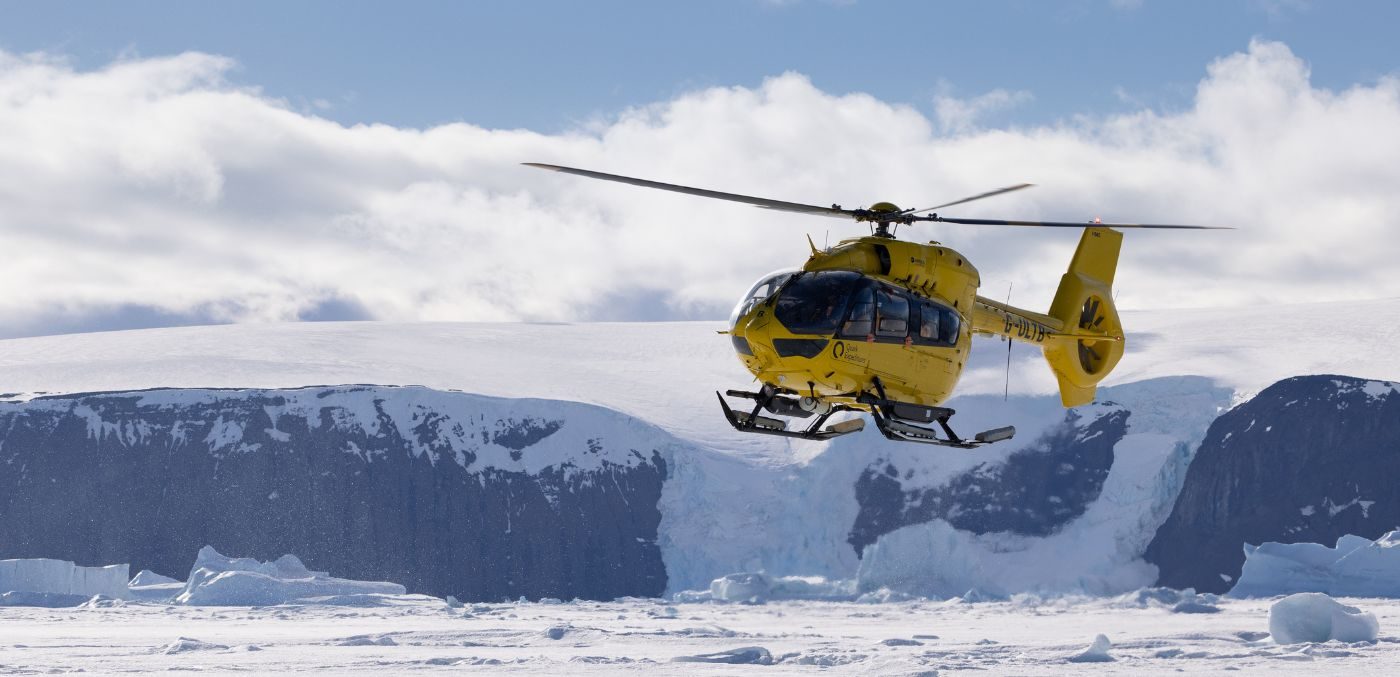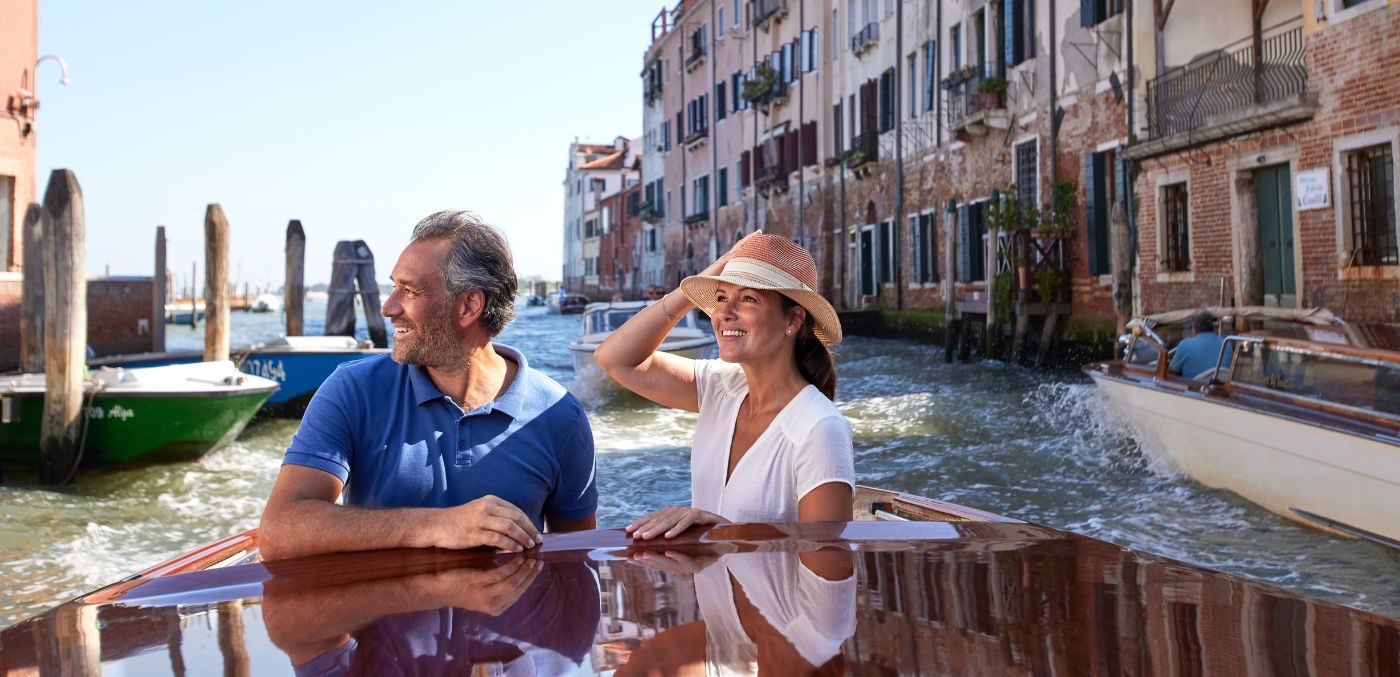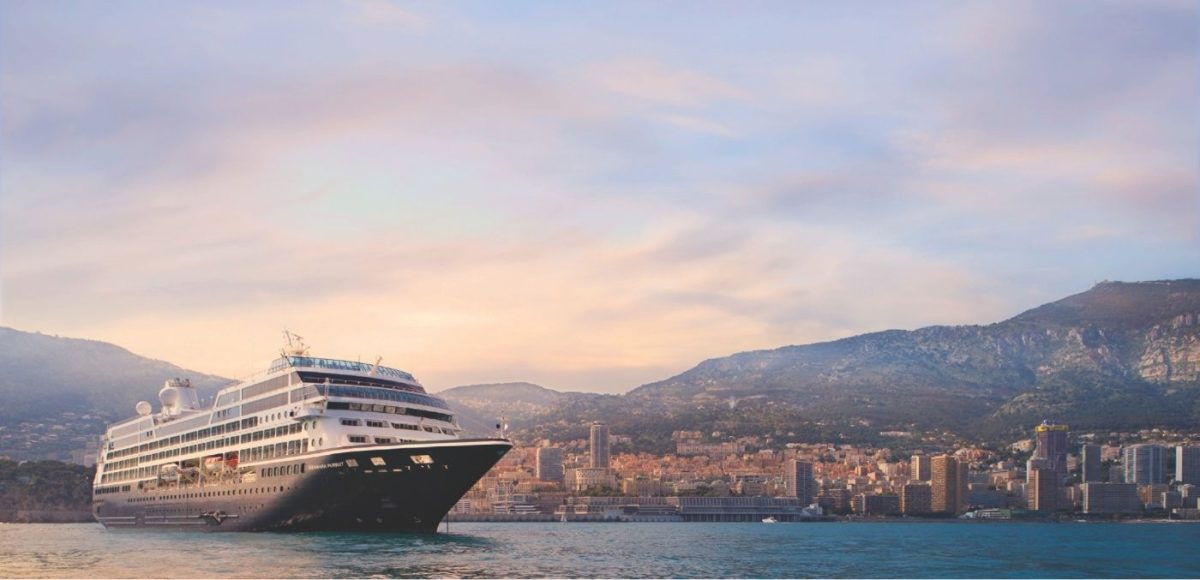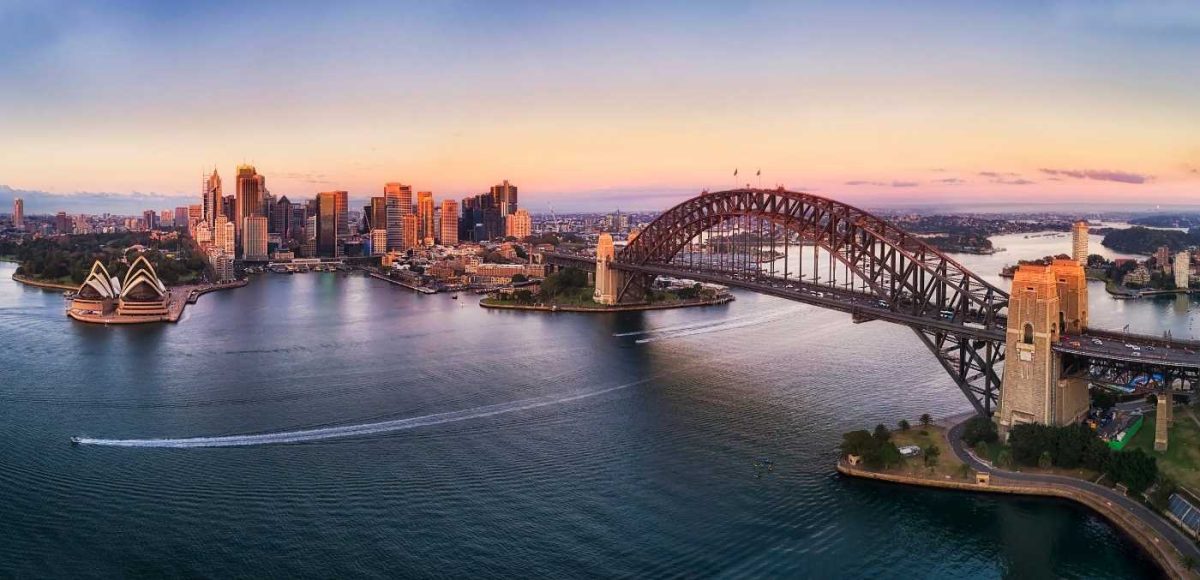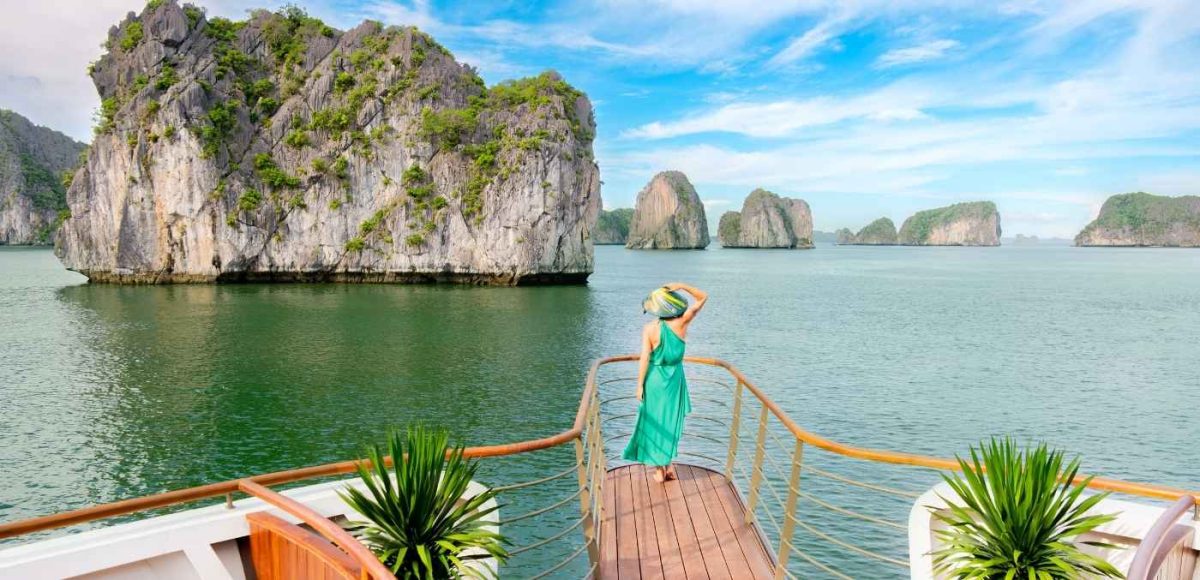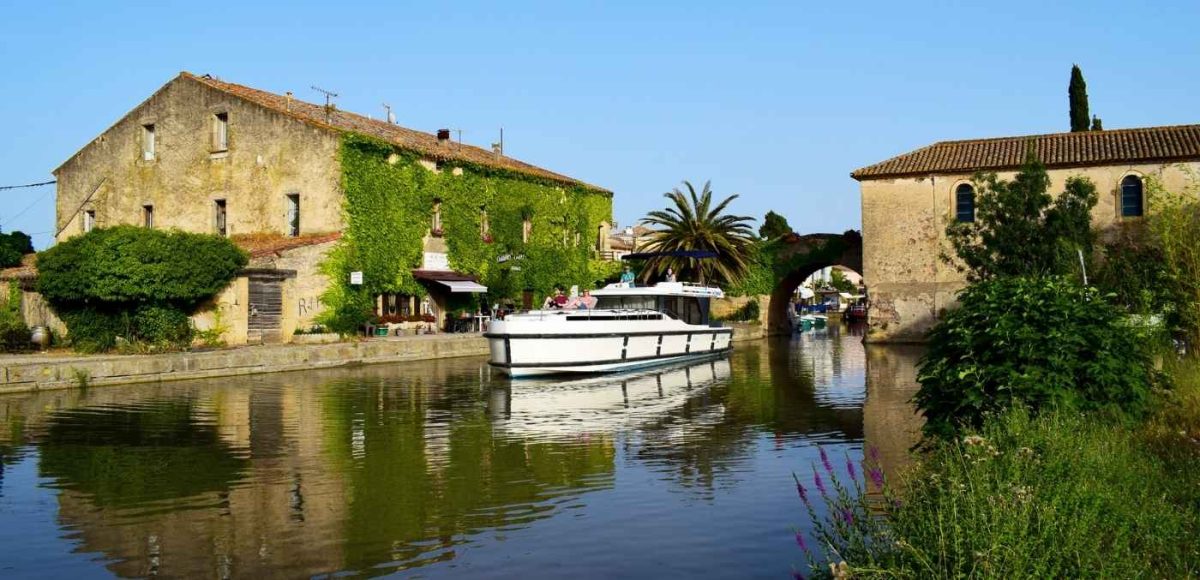Exploring remote places is at the heart of expedition cruising, and more travellers than ever are jumping onboard. By Jocelyn Pride.
Considered the pioneer of modern-day expedition cruising, Lars-Eric Lindblad led 57 adventurers on the first ‘citizen voyage’ to Antarctica on a chartered Chilean naval vessel in 1966, hoping if people experienced a place firsthand, they would become ambassadors for its protection. Backing up with another ‘first’ to the Galápagos in 1967, and the launch of the 100-passenger Lindblad Explorer in 1969, the idea ‘ordinary’ people could travel to faraway places started to catch on. And hasn’t stopped.
“Expedition is one of the fastest growing areas of cruise tourism,” says Joel Katz, managing director Australasia for Cruise Lines International Association (CLIA). “Passenger volumes on expedition itineraries have increased 71 per cent from 2019 to 2023.”
Expedition ships go where conventional cruise ships can’t. Typically carrying between 100 and 300 passengers and built for extreme conditions, they manoeuvre into far-flung tropical coves, navigate through glacier-filled bays, and cross the roughest stretches of water on the planet, to touch a place and be touched by it. To be pared back, and refilled with humility. With a flexible itinerary, an expedition leader and team of specialised guides work with the captain to make the most of every day through small group excursions. “We call it a safari at sea,” says Cameron McDonnell, key account manager Australia & New Zealand, National Geographic Lindblad Expeditions. “Where expedition cruising truly sits is when the destination is the hero.”
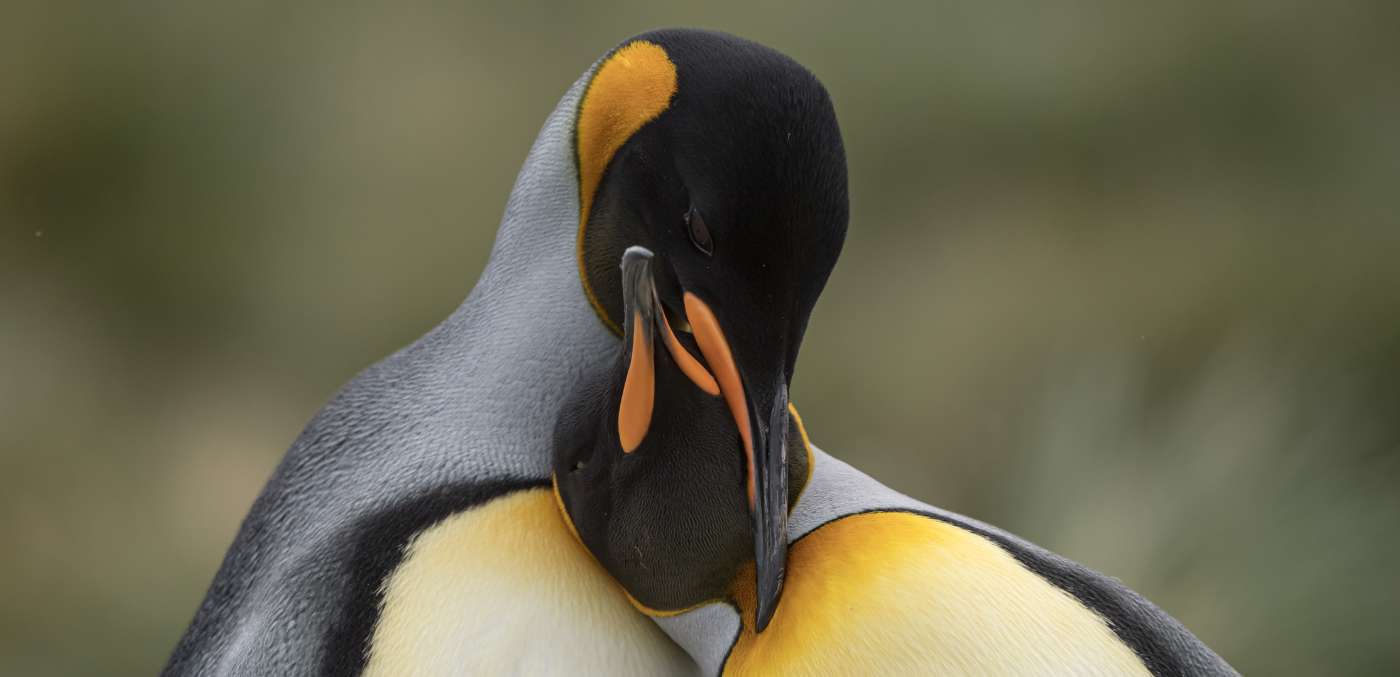
Who is onboard?
This type of travel attracts people looking for an authentic, in-depth experiences. From couples and solo voyagers to multigenerational travellers and friendship groups, expedition cruising is a leveller. Companies tailor their niche in line with their philosophy and specific itineraries.
Adults and couples
Viking is well known for its adult-only clientele; Silversea, Seabourn, Scenic and Ponant (with the exception of Le Commandant Charcot) welcome kids over a minimum age (usually 12 years old), making it clear there aren’t child-specific facilities or activities.
Perfect for couples or a small group, On Board Expeditions‘ boutique 12-guest, six-crew catamaran, Odalique III, ventures into the Tasmanian wilderness.
Families
National Geographic Lindblad Expeditions has a family focused Global Explorer program and UnCruise Adventures offers curated Family Discoveries itineraries.
Solo travellers
Solo travellers are well catered for on Quark’s Ultramarine and Ocean Explorer with studio single cabins; HX (Hurtigruten Expeditions) waives the single supplement on a range of itineraries, and Michael Heath, CEO of Aurora Expeditions, recently announced that 10 dedicated single berths will be available with no single supplement on every sailing in the Arctic and Beyond 2026 season.
Multi-generational
“Multigenerational travel has really taken off across the cruise industry,” Katz says. “Expedition is a popular choice, especially as kids and grandkids reach early adulthood.”
As this trend continues, and the age of 80 becomes the new 60, accessibility is front of mind. HX has elevators and carefully appointed mobility-friendly cabins; Viking, Scenic, Silversea and Quark expedition ships follow suit with facilities for accessible travel.
Expedition loyalists
A ‘once in a lifetime’ expedition cruise often leads to another, and loyalty to a specific company is strong. Atlas Ocean Voyages spokesperson Jason O’Keefe reports: “We’re in our strongest booked capacity to date.” Oliver Critchley, senior PR consultant with True North, agrees, “One in four guests return for another adventure and our most ‘regular’ guest has cruised with us more than 40 times,” Critchley says. For Dan Blanchard, CEO of UnCruise Adventures, seeing guests moved to tears is the best compliment. Adds Katz, “We used to say there’s a cruise for everyone. Now we add there’s an expedition cruise for everyone.”

Learn more about the world’s best cruise lines with the Signature Luxury Travel & Style Cruise Awards:
Positive conservation and cultural impact
“Our aim is for destinations to be better off for a ship visiting,” Katz says. “Understanding what communities and environments need, and how challenges can be overcome, is a focus.”
“We have a deep connection to the conservation and continuing protection of the islands we visit – guests directly support when travelling with us,” says Aaron Russ, commercial director and expedition leader with family owned and operated Heritage Expeditions, the original concessionaires of permits to the Subantarctic Islands.
In a world first for the cruise industry, earlier this year Seabourn named the Wunambal Gaambera Traditional Owners garrangarru (godparents) of the Seabourn Pursuit, an elegant new expedition ship cruising the Kimberley. Guests gain an insight into the Wanjina Wunggurr culture through smoking ceremonies, rock art interpretative tours, dance and storytelling.
True to Lars-Eric Lindblad’s original ethos, the company has flourished under the leadership of his son through a long and strong partnership with National Geographic. “It’s a wonderful joining at the hip of two companies that are dedicated to preserving the destinations we travel to for future generations,” says McDonnell.
Learn more about sustainable cruising: Dr Sylvia Earle speaks on sustainable cruising and 8 cruise lines leading the way with sustainable cruising.

Innovative expedition technology
“We also know many cruise lines continue to prioritise their sustainability initiatives because of the nature of the environments they’re visiting,” Katz affirms.
Innovation in sustainability is the mantra of HX and sister company Hurtigruten, which are aiming to complete Sea Zero – a zero-emission electric ship – by 2030 and working in partnership with Lyngen Seaweed to grow and harvest seaweed, a ‘blue’ superfood and source of natural CO2 capture. B-Corp certified, Aurora Expeditions built the first passenger-carrying ships using game-changing Ulstein X-Bow technology for a smoother ride and fuel reduction, and is currently in partnership with Eyesea to test and incorporate marine mapping for pollution on their vessels, and Ponant’s Le Commandant Charcot with a Polar Class 2 rating, is powered by liquified gas and can venture to places no other expedition vessel can reach.
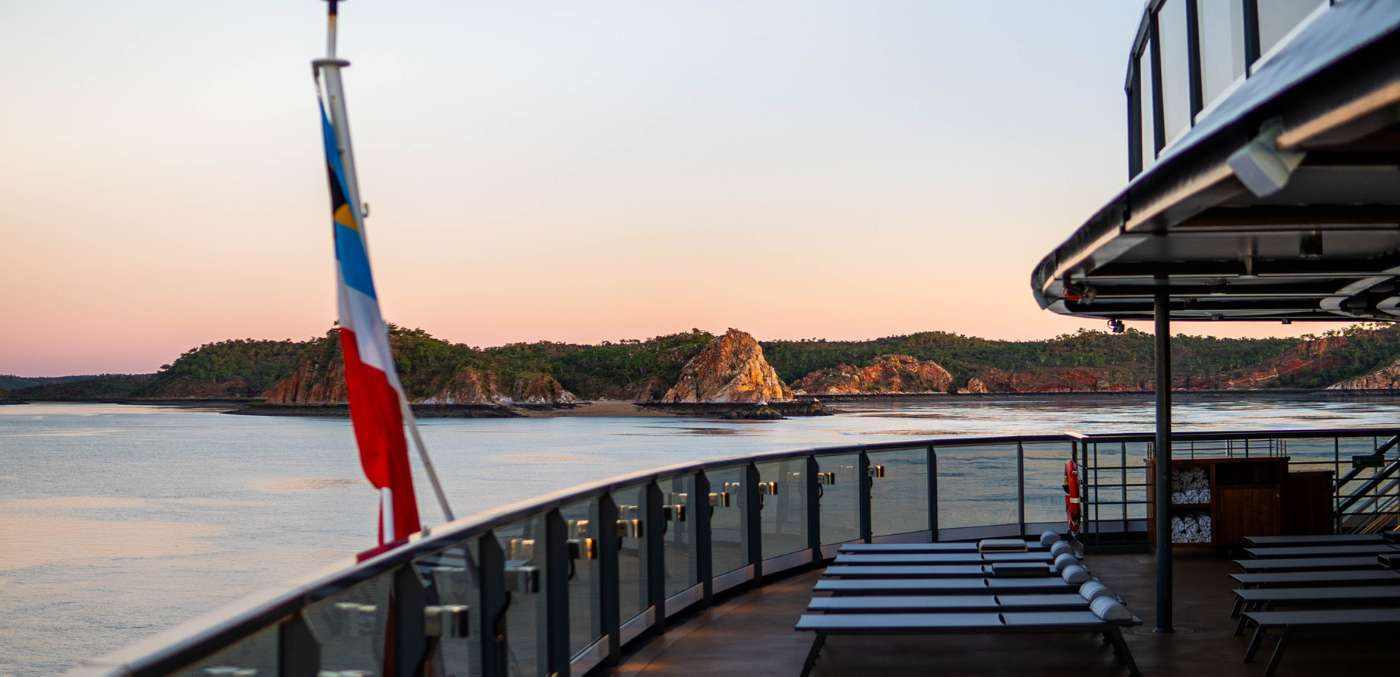
Luxury at sea
The thought people need to rough it to be on a ‘true’ expedition is passé. Creature comforts like drying rooms, heated floors, saunas, hot tubs, gyms, spa treatments and wellness rooms abound. There are libraries, citizen science labs, art spaces, theatres, photography classes, guest speakers for enrichment, and exploration essentials such as Zodiacs, kayaks, snorkel, diving and snowshoeing equipment, in addition to signature features.
Onboard experience
Scenic has the only ships in the industry with both helicopters and submersibles, and Swan Hellenic offers Chopra ‘explore and restore’ wellbeing expeditions pairing ‘inward journeys with outward exploration’. Atlas Ocean Voyages has redefined its luxury expeditions into three categories: polar, epicurean and cultural. National Geographic Lindblad Expeditions features a glass igloo where guests can have a camping experience without leaving the ship and, for a unique experience, guests on the Le Commandant Charcot bathe in snowflakes in the snowroom.
Gourmet menus
Specialised local dining is also in vogue. Deep in the Amazon, Aqua Expeditions’ ‘rainforest to plate’ menu is served on exclusively designed ceramic tableware. Dining in a lava cave in the Galápagos is the latest innovation for Silversea’s signature S.A.L.T-inspired (sea and land taste) menu, and Quark Expeditions’ Inuit chefs use 1,000-year-old ice and ancient rock to present a ‘tundra to table’ degustation.
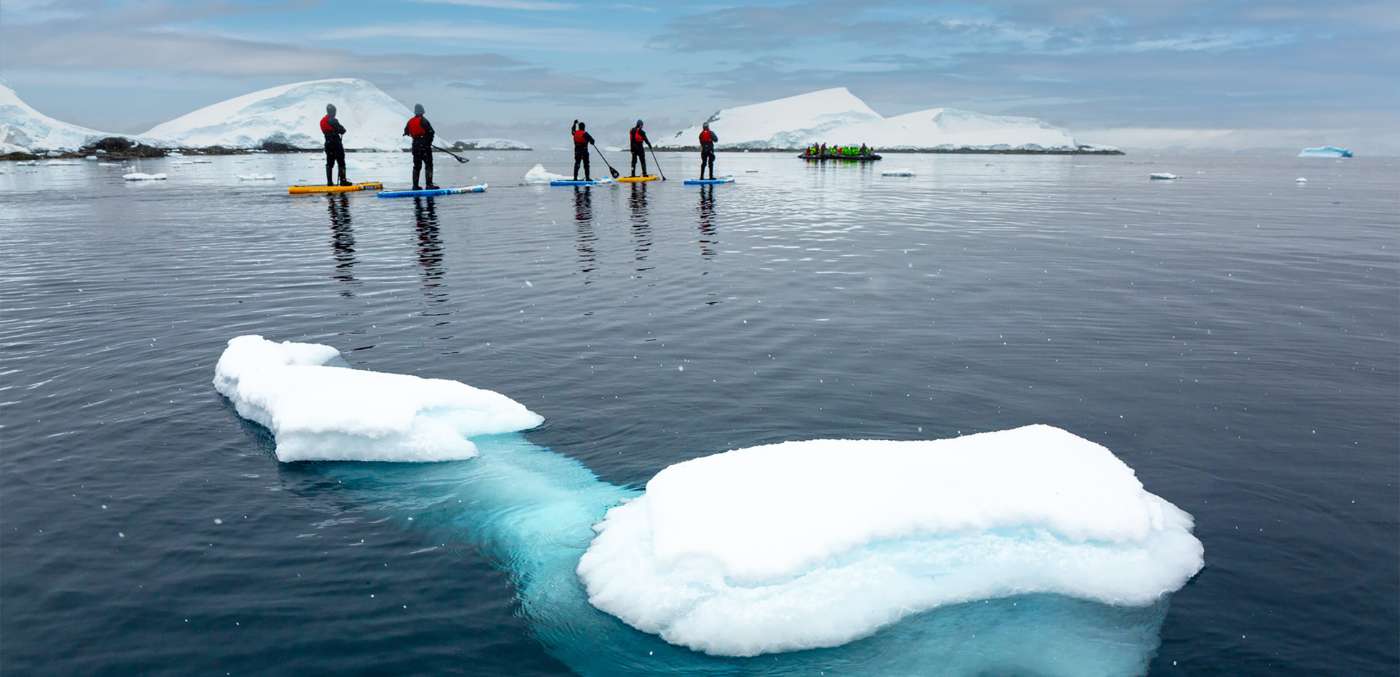
FAQs
What is an expedition cruise?
Where traditional cruises prioritise indulgence, entertainment and relaxation, expedition cruises are for the bold and adventurous travellers seeking an unforgettable experience like nothing they’ve ever done before.
Expedition cruises are an alternative form of exploration, with voyages setting sail to remote destinations few have ever visited. These cruises are often aboard small yet luxury ships that are specially designed to navigate challenging waters and brave difficult conditions. Explorers are offered immersive itineraries with an array of expert-guided experiences, such as cruising past glaciers in a Zodiac and descending beneath the surface in a submersible.
Where do expedition cruises go?
Expedition cruises sail visit remote locations that are inaccessible to vessels that are too large or not specifically designed for the terrain.
- Galápagos Islands
- Antarctica
- The Kimberley
- Alaska
- Indonesian Archipelago
- The Amazon
- South Pacific Islands
- The Arctic
- Seychelles
- Greenland
- Iceland
Which cruise lines offer expedition cruises?
- Ponant
- Seabourn
- Silversea
- Scenic
- Swan Hellenic
- HX (Hurtigruten Expeditions)
- Hapag-Lloyd Cruises
- Heritage Expeditions
- Quark Expeditions
- National Geographic Lindblad Expeditions
- Viking
- Aurora Expeditions
- Aqua Expeditions
- Atlas Ocean Voyages
- True North
- On Board Expeditions
- UnCruise Adventures
- Celebrity Cruises
Read more about Bucket-list expeditions with Swan Hellenic
What is the best expedition cruise line?
The answer depends on who you ask. There are many expedition cruise lines offering fantastic discovery voyages and immersive itineraries, as well as luxury onboard amenities and comprehensive facilities. Certain cruise lines also only offer expeditions in particular destinations, such as Quark Expeditions’ focus on the polar regions.
National Geographic Lindblad Expeditions and Silversea Expeditions constantly receive high praise for their opulent offerings and enduring level of expertise. Ponant is known for its advanced icebreaker vessels for polar exploration; UnCruise Adventures offers voyages to a wide range of destinations; and Seabourn is the top-rated line for an ultra-luxurious experience.
Read more about the World’s best luxury cruise lines and cruise ships
How much does an expedition cruise cost?
Cost depends on the cruise line, the duration of the cruise, the dates and the chosen itinerary. Expedition cruises can start from around $10,000 per person, with ultra-luxe lines exceeding $30,000 per person. Some more affordable options can be found at under $5,000, but the compromise is a shorter trip, a less exclusive location and fewer amenities. Our hot tip is to look out for deals, discounts and advance booking offers across various cruise lines.

This article originally appeared in volume 49 of Signature Luxury Travel & Style magazine. Subscribe to the latest issue today or stay up to date by signing up to our newsletter below.






